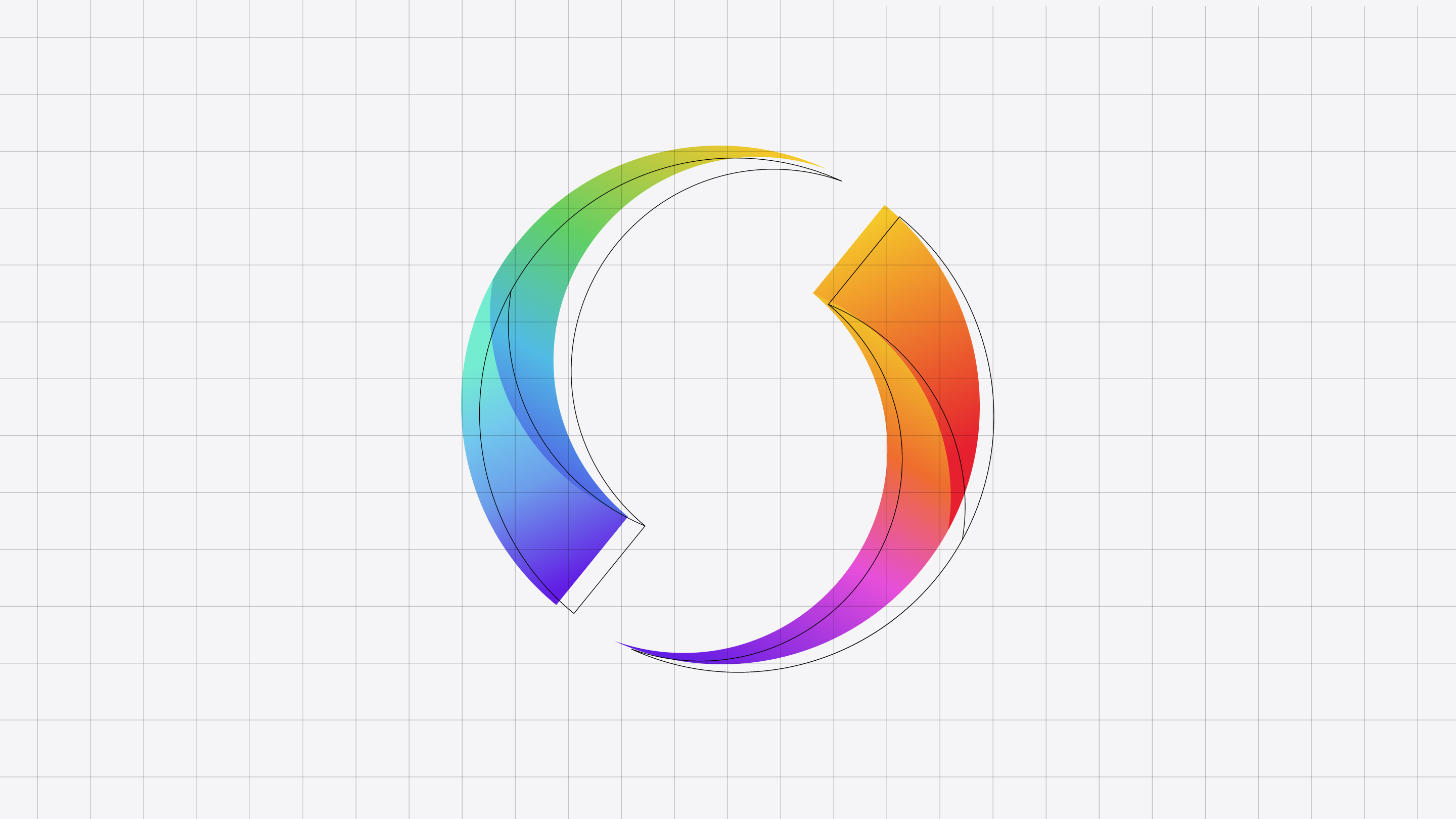
How to choose between a web, cross-platform, or native app?
One of the first important steps when creating a new digital product is to decide on how to develop it. Should it be a web app, a cross platform app (React Native, Flutter or similar) or a Native app (like for iOS)?
Let’s face it: choosing the right approach for your app can feel like trying to pick the perfect avocado at the grocery store. You want to get it just right, but there are so many factors to consider!
Will it be ripe at the right time?
Will it meet all your guacamole needs?
Similarly, with app development, you need to think about your users, your budget, your timeline, and a whole bunch of other things.
So, let’s explore the good, the bad, and the “well, it depends” of web apps, cross-platform mobile apps, and native mobile apps.
Web apps: The jack of all trades
These are apps built using Python, PHP, React, Ruby, Javascript, HTML and similar technologies. Can also be built using no code tools like Bubble and Webflow. Great examples of web apps are Figma, Slack and Netflix.
Pros:
- Work on any device with a browser
- Easier to update and maintain
- Generally cheaper to develop and maintain
- No app store approval needed
- Great for content-heavy applications
- Ideal for frequent updates and A/B testing
- Good for B2B and desktop apps
- As it doesn’t require a download it’s easier to get viral growth from free apps
Cons:
- Limited access to device features
- Might feel less “app-like”
- Needs an internet connection
- Can be slower than native apps
- Less visible than apps in app stores
Cross-platform mobile apps: The middle ground
Developed using cross platform frameworks like React Native or Flutter or a no code tool like FlutterFlow. Some examples of cross platform mobile apps are Instagram, Facebook, Tesla and AirBnB.
Pros:
- One codebase, multiple platforms
- Feels more like a “real” app
- Some access to device features
- Can work offline
- Usually faster development time compared to native apps
- Easier to maintain than multiple native apps
- Depending on the framework can be turned into a web app
Cons:
- Performance might not be as smooth as native
- Still some platform-specific tweaks needed
- Might lack some advanced features
- User experience can sometimes feel not quite native
- Dependent on third-party tools and frameworks
Native mobile apps: The powerhouse
These apps are in general developed using the native tools from Apple and Google/Android. Most games and high performance apps are developed using native code.
Pros:
- Best performance and user experience
- Full access to device features
- Can work completely offline
- Easier to get featured in app stores
- Best security options
- Access to the latest platform-specific features
Cons:
- Most expensive to develop
- Separate codebases for each platform that you need to keep in sync
- Updates need to go through app store approval
- Higher maintenance cost
- Requires platform-specific expertise
So, how do you choose?
Choosing between web, cross-platform, and native apps isn’t just about picking the one with the most pros or least cons. It’s about finding the right fit for your specific situation.
Here’s a more detailed approach to making your decision:
- Know your audience
- Who are your users? What devices do they use most? Mobile only or desktop?
- Are they tech-savvy or do they prefer simpler interfaces?
- Do they expect a highly polished, platform-specific experience?
- Define your app’s purpose
- Is it content-driven or feature-heavy?
- Do you need access to specific device features?
- How important is offline functionality?
- Assess your resources
- What’s your budget? Remember, native apps for multiple platforms can get pricey.
- What’s your timeline? Web apps are generally quicker to deploy.
- What skills does your team have? Are they more comfortable with web technologies or native development?
- Consider your long-term plans
- How often will you need to update the app?
- Are you planning to add more complex features in the future?
- Might you want to expand to other platforms later?
- Evaluate performance needs
- Does your app require high-speed performance? Are you making a game or an app using 3d or lots of visual effects?
- Are animations and transitions crucial to the user experience?
- Think about distribution
- Do you want the visibility of being in app stores?
- Or is it more important to avoid app store policies and fees?
- Is it a B2C or B2B experience?
- Consider maintenance
- Who will maintain the app long-term?
- How much effort can you put into keeping multiple codebases updated?
- Are you 100% sure about the first version or do you need to quickly iterate and maybe do a full pivot?
Here’s my take:
- Go web if you’re on a tight budget, need quick updates, your app is mainly content-driven, or you want to reach the widest audience possible without worrying about app store approvals. It’s also great if you’re not sure about long-term commitment to app development or want to do quick MVPs. Web apps are also suitable for products that work well on desktop and if you want to encourage viral growth as you don’t have to install anything.
- Choose cross-platform if you want a balance between cost and native feel, you’re targeting multiple platforms, and you’re okay with some performance trade-offs. This is a great middle ground if you need some device features but don’t want the complexity of maintaining multiple native apps. Cross platform can also be a good choice if your idea is based on the network effect. For example a social app where you want people to invite their friends no matter if they have an iPhone or Android phone.
- Pick native if performance is crucial, you need deep device integration, you’re heavily targeting a specific platform, or your app’s functionality deeply relies on platform-specific features. It’s also the way to go if you want the best possible user experience and have the resources to invest in it. If your target audience mainly uses one platform it also makes this path easier to choose.
Remember, these aren’t mutually exclusive. Many successful companies use a combination.
You might start with a web app to test the waters, then move to a native app once you’ve proven your concept. Or you might have a native app for your core features and a web app for broader reach.
The tech world is always evolving, and so are the tools we use to build apps.
New frameworks and technologies are constantly bridging the gaps between these options.
Stay curious, keep learning, and don’t be afraid to experiment.
Also read Creating a concept for an app: The journey from idea to MVP


